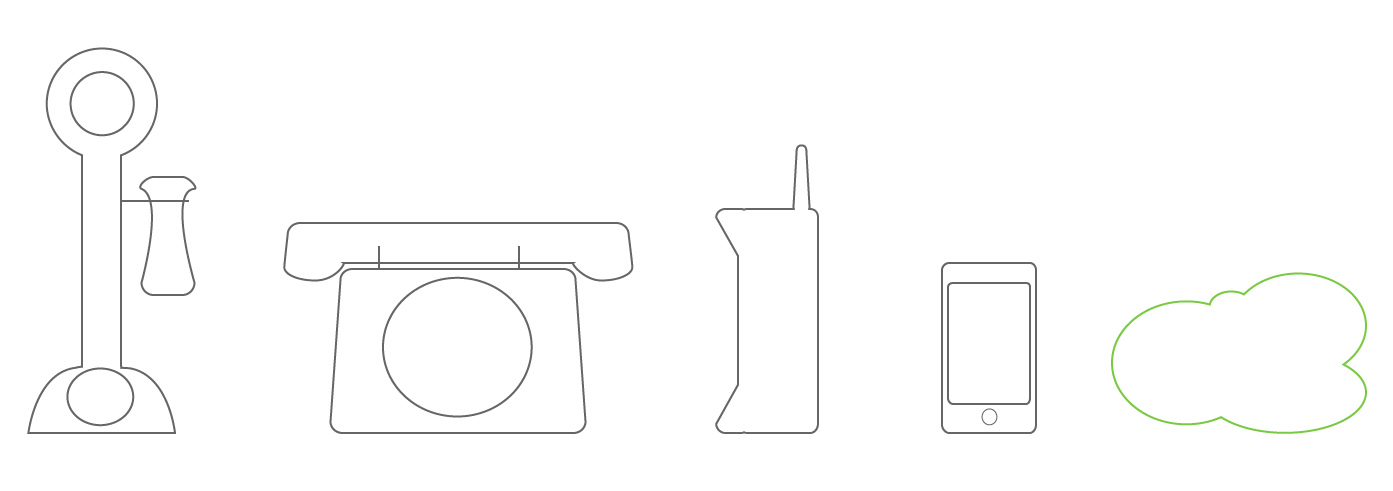
Invented by Alexander Graham Bell, the telephone revolutionized worldwide communication. Furthermore, this invention changed the business world. The history of the business phone is ever-changing and evolving. A brief glimpse into the history of business phone evolution includes:
- In 1877, the first commercial telephone service began in the U.S.
- In 1878, this exchange system allowed subscribers vs. direct lines.
- The 1880’s saw long-distance telephone service grow via metallic circuits.
- In 1888, the battery was incorporated into telephones as a central energy supply source.
- 1891 saw the invention of the first automatic dialing system, which meant switchboard operators were no longer required to manually connect telephone calls.
- In 1913, the first long-distance wire linking San Francisco to New York went live.
- By 1915, everyone was connected via a telephone system.
- By 1918, more than 10 million telephones were in service.
- In 1927, transatlantic telephone services began, as they were operated by radio waves.
- While research for the electronic telephone exchange systems began in 1936, it was ultimately perfected in the 1960s with the advent of AT&T’s Electronic Switching System, also known as ESS.
- By 1950, telephone companies began charging per minute for telephone calls.
- The business phone of yesteryear was a multiline telephone system that used an operated switch, which included line-buttons. Before the advent of telephones that had large-scale integrated circuits, these systems were composed of several relays. Marketed as 1A, 6A, 1A1 and 1A1 Key Systems, these were sold for several decades. The 1A system was part of Western Electric Company that was commonly used in the 1950s. These systems were the norm for quite some time.
- In 1963, the invention of the touch-tone phone allowed beeps for each number, instead of the traditional clicks.
- In 1964, the electronic telephone system was put in place and calls were transferred faster than ever before.
- IBM introduced personal computers in 1981, allowing the Internet to use telephone lines to help transmit information.
- The 1990’s saw the advent of telecommunication equipment, including telephones, televisions, computers and video game centers.
- Eventually, this telephone technology evolved into electronic shared-control systems. These were less expensive and helped eliminate many cables and wires. These shared systems included PBX features, such as answering machine functions, automatic calling, remote supervision caller ID, speed dial and other features.
- Into this century, hybrid key phones gained popularity. These modern systems are typically digital and support dialing extensions and outside lines. Some systems have begun to incorporate Voice over Internet Protocol technology, which brings us to modern business telephone times.
Pre-1900
1900-1950
1950-2000
2000-Today
Jive, an innovative leader in the VoIP for business industry strives to offer the latest, high-tech VoIP business services. With month-to-month contracts and no hidden fees, Jive helps boost businesses’ bottom lines, saving them thousands of dollars annually over traditional telecommunication systems. They also offer advanced hosted PBX systems, as well as the latest VoIP phone systems.